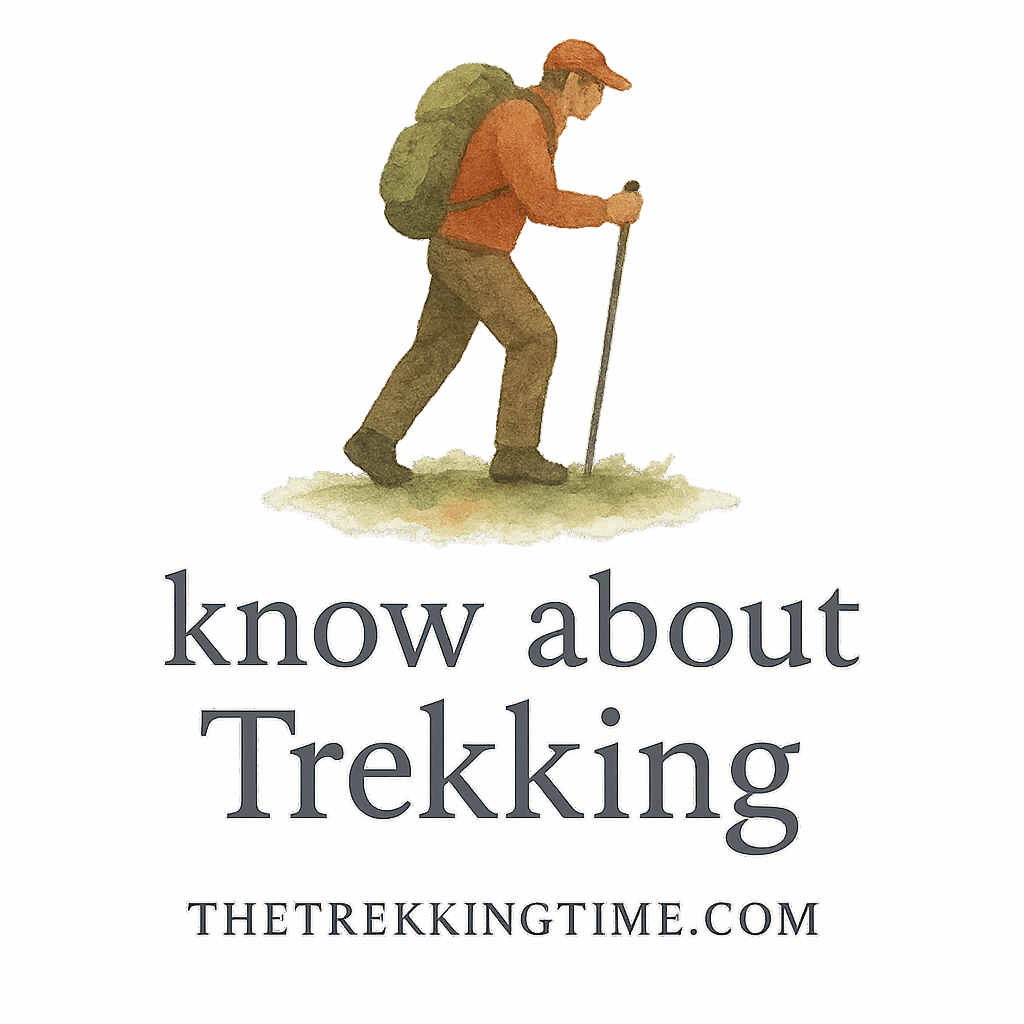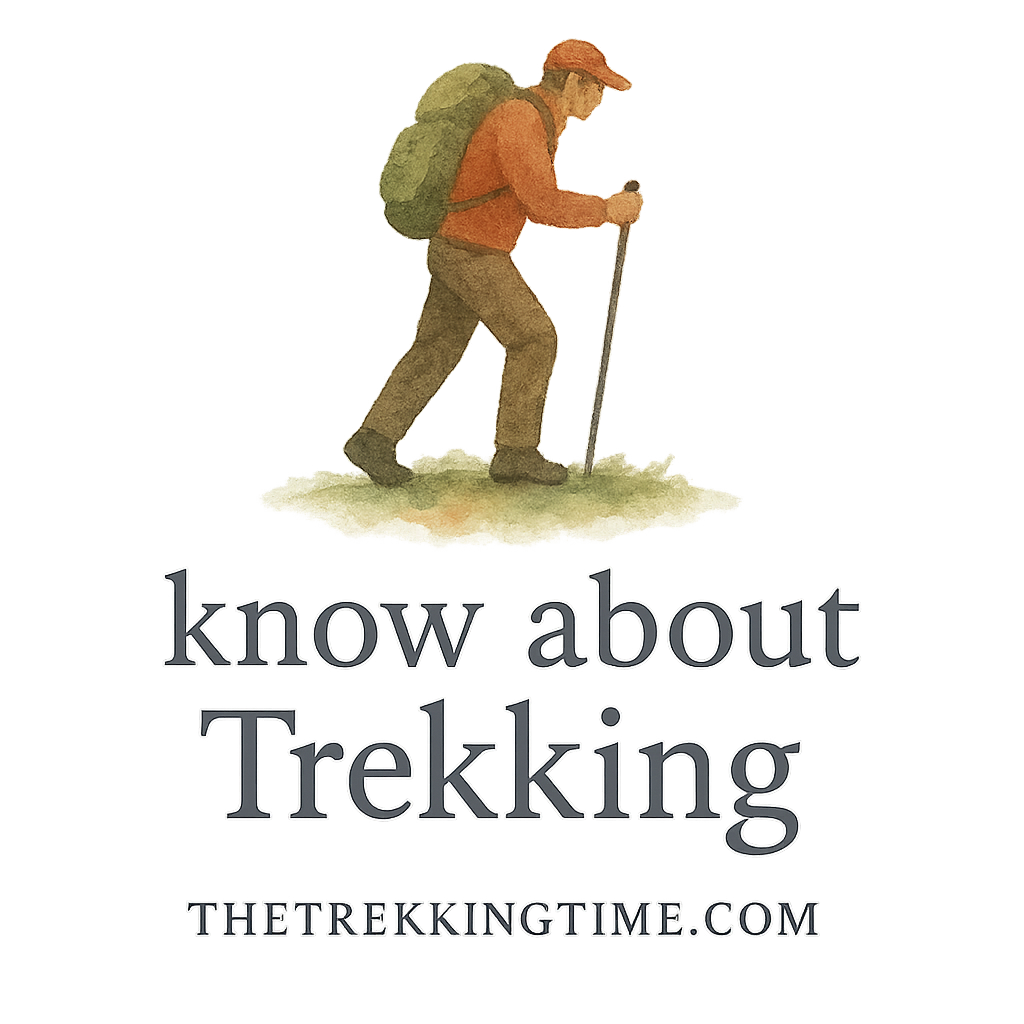So, you’ve caught the trekking bug? Awesome! But before you jump into packing your boots and backpack, there are some seriously important questions you need to ask yourself. Trekking is more than just walking in nature — it’s a full-on adventure that demands planning, preparation, and a good dose of self-awareness.
Let’s break down the 9 key questions that will help you plan the perfect trekking trip — while keeping your body safe, your wallet intact, and your spirits high.
Why Preparation Matters in Trekking
Proper prep isn’t just about not forgetting your socks. It’s about knowing what you’re getting into and making sure you’re physically and mentally ready to take it on.
Avoiding Common Trekking Pitfalls
From injuries to running out of water in the wild, being unprepared can quickly turn a dream trip into a nightmare. That’s why asking yourself the right questions ahead of time can make all the difference.
For a foundational read, head over to Trekking Basics — your starter guide to all things trail.
1. What’s My Fitness Level?
Knowing Your Physical Limits
Before you tackle any trail, be honest with yourself: are you fit enough for this trek?
Trekking isn’t just walking — it often involves steep climbs, high altitudes, and long hours of physical exertion. If you haven’t done a lot of hiking before, check out the Trekking Fitness Prep guide to get your body in shape.
How to Train for Your Trek
Focus on cardio, strength, and flexibility. Aim for a mix of:
- Stair climbing
- Long-distance walking with a loaded backpack
- Core and leg workouts
- Yoga or stretching for flexibility
Explore more fitness-related tips to boost your performance.
2. Where Do I Want to Trek?
Choosing the Right Destination
Do you dream of the Himalayas, lush forests, or desert treks? Where you go can dramatically shape your experience.
Check out Trekking Destinations for inspiration and insights into treks around the world.
Popular Trekking Spots for Beginners
- Nepal’s Poon Hill Trek
- Peru’s Inca Trail
- Indonesia’s Mount Rinjani
- USA’s Appalachian Trail
Use the routes tag to explore trail options that suit your experience level.
3. What Gear Will I Need?
Essential Trekking Gear Checklist
Don’t overpack, but don’t underpack either. A few absolute must-haves:
- Proper hiking boots
- Weather-appropriate layers
- First aid kit
- Hydration system
- Navigation tools
Use the Trekking Gear & Packing guide to make your ultimate checklist.
Packing Smart and Light
Use packing cubes. Roll your clothes. And remember, every ounce counts when you’re climbing a mountain.

4. What’s the Best Season for This Trek?
Understanding Weather Patterns
A sunny trail in summer could be a snowy, impassable nightmare in winter. Always check the weather history and trends for your chosen region.
Many difficult treks become easier (and safer) during the dry season.
5. Am I Trekking Solo or With a Group?
Pros and Cons of Solo vs. Group Trekking
Going solo gives you freedom, but comes with more risks. A group offers safety and companionship, but less flexibility.
If it’s your first big trek, consider going with experienced friends or a guide. Learn about trekking etiquette to avoid faux pas.
6. How Long Will the Trek Take?
Estimating Trekking Duration Correctly
A weekend hike is one thing. A 10-day high-altitude trek is something else entirely. Time affects food, water, fitness, and your mental game.
Planning Your Time Wisely
Include:
- Buffer days for rest or weather delays
- Time for acclimatization (especially above 2,500 meters)
- Shorter warm-up treks if needed
Use the trail tag to explore terrain details and average trek durations.
7. What Are the Risks and Safety Measures?
Common Trekking Hazards to Watch For
- Altitude sickness
- Dehydration
- Wildlife
- Getting lost
Safety isn’t optional — it’s essential. Use the Trekking Safety Tips as your go-to resource.
How to Stay Safe on the Trail
- Share your route with someone
- Carry a map and compass
- Don’t skip acclimatization days
- Stick to the marked trail
Read more under the safety, security, and responsibility tags.
8. Am I Mentally Prepared?
The Mental Side of Trekking
Physical fitness is crucial, but don’t underestimate the mental game. You’ll face fatigue, loneliness, discomfort — and you’ll need resilience to push through.
Developing a Resilient Trekking Mindset
- Practice mindfulness
- Embrace discomfort as growth
- Stay positive with mantras or music
Mental endurance = mental health + preparation.
9. What’s My Budget?
Budgeting for a Trekking Adventure
Trekking can be cheap — or wildly expensive. Your budget will depend on:
- Location
- Gear purchases
- Travel expenses
- Guide and permit fees
Use our Trekking Basics guide to estimate costs.
Saving on Costs Without Compromising Safety
- Borrow or rent gear
- Travel off-season
- Join group treks
Explore more under performance and habits to find cost-saving behaviors.
Final Thoughts
Summing It All Up Before You Go
Planning a trekking trip isn’t just about the destination — it’s about understanding yourself. Asking the right questions now can prevent problems later and make your journey unforgettable (in the best way).
Want to dive deeper into trekking content? Visit The Trekking Time for expert articles, guides, and community stories to fuel your adventure.
FAQs
1. What’s the easiest trek for beginners?
Try the Poon Hill trek in Nepal or the Kalaw to Inle Lake route in Myanmar. Great views, lower difficulty!
2. Do I need a guide for my first trek?
Not always — but if you’re going somewhere remote or international, a guide adds a lot of value and safety.
3. How much water should I carry per day?
Aim for 2-4 liters depending on the climate and your exertion level. Use a water filter or purification tablets too.
4. What if I get lost on the trail?
Stay calm. Retrace your steps, use GPS, or signal help. This is where maps and a compass really shine.
5. How do I prevent blisters?
Wear moisture-wicking socks, break in your boots early, and keep your feet dry.
6. What’s the ideal daily trekking distance?
7-15 kilometers is a solid goal, depending on elevation and trail conditions.
7. Is trekking good for mental health?
Absolutely! Trekking promotes wellness, relieves stress, and boosts mood through movement and nature exposure.


